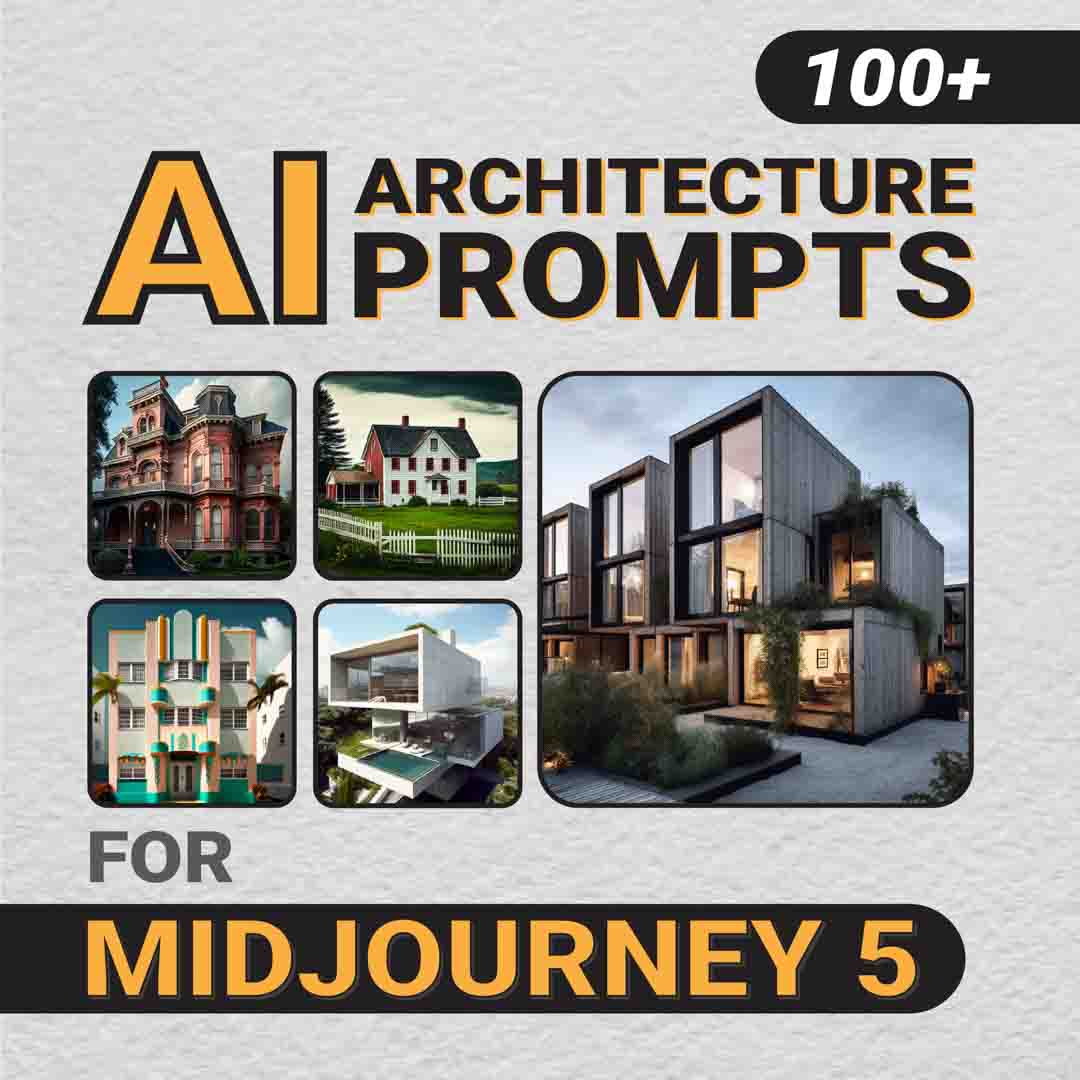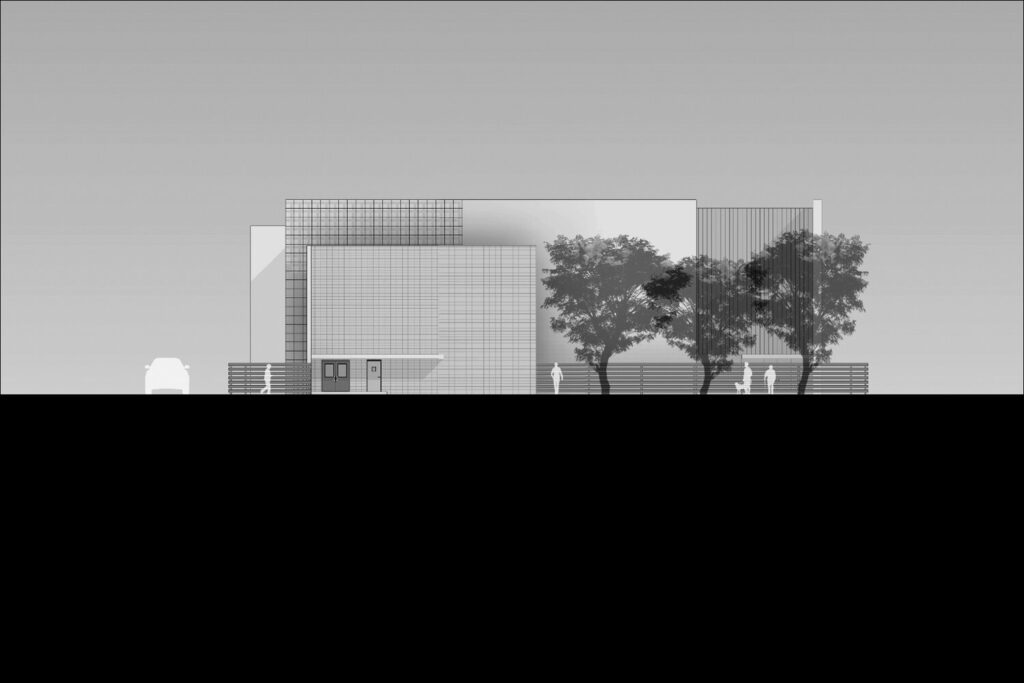Architecture and natural light go hand-in-hand. As Louis Kahn once said, “All material in nature, the mountains and the streams and the air and we, are made of Light which has been spent, and this crumpled mass called material casts a shadow, and the shadow belongs to Light.”
In essence, architecture can be considered a canvas for showcasing natural light in all of its luminescent glory. But how do we categorize the types of natural light is most commonly showcased in modern architecture?
How do we choose the types of natural night to create with our architecture?

Before we dive into this study of 6 types of natural light in architecture, I want to share 1 book that has deeply inspired my design and photography process.

Space + Time: Architecture, Nature, Light, Sequence.
Architecture and nature coalesce in three-dimensional space. Materials that are used to construct these spaces become the canvas for light. Light gives life to nature, as shadow gives depth to architecture.
It is the implication of time that creates questions of perception, in both the natural and built world.

Space in Flow:
“Place is the product of lived space and lived time. The experience of space is a time-structured process, and all experience of time is a space-structured process.”
METTE AAMODT, AAMODT/PLUMB ARCHITECTS
Photography and architecture share a profound connection. If architecture exists in the third dimension, then a photograph is a reduction of architecture: a compression of the third dimension into the second dimension.
Einstein’s Special Theory of Relativity examined how measurements of time and space varied for different observers in reference frames, and that time did in fact move slower in certain conditions.
By this notion, time becomes the fourth dimension of space.
Slow Photography: Photographing the Fourth Dimension
Intentional Camera Movement (ICM) photography is somewhat of an abstract technique in which the camera is moved while exposing an image.
When executed thoughtfully, this technique creates a “blurring” effect of the subject, effectively rendering a quality often referred to as “painted light”.
As a timelapse photographer, I took this a step further and utilized a motorized panning device to create this “light painting” effect.
Using timelapse equipment presented an added benefit in regards to time and sequence: precision.
Each panning and stopping movement during these 15-20 second exposures appears in the resulting image.
This is a perspectival exploration of light in the fourth dimension.
A coalescence of time and sequence are evident in these images. One can see that each “step” in the image is actually a captured point in time during the exposure, when the camera was held in place. Each stop and start of movement can be examined in the actual image itself.


The photograph above was captured without the ICM technique.
The camera remained static, and as a result, the image remains static. The only apparent movement is the water, which is blurred due to a long-exposure of 15 seconds.
The photograph above was captured with the ICM technique.
The “steps” indicate where the camera stopped during the single exposure. There is an obvious “sequence” of movement that appears in the resulting image.
These images attempt to capture architecture, nature, light, and sequence in a single image.
We perceive three-dimensional space because of light, and the implication of time creates different qualities of light. By this technique, time and sequence can manipulate existing natural light into other forms of natural light, such as volumetric, refracted or chromatic light.
Visualizing the Fourth Dimension through Intentional Camera Movement Photography
These 3 photographs show the exact same subject — a metal sculpture. Yet, each photograph provides a noticeably different quality of light when viewed abstractly.
Using “time” as a mechanism to alter our perception of the object, we can begin to sculpt light and create variations of how we perceive the object being photographed.



By virtue of camera movement, new qualities of light emerge artificially into the second dimension — which becomes the ‘photograph’.
Architecture, as a three-dimensional construct, becomes ingrained in our memories. A photograph of architecture will rarely have the same impact of being in the actual space, but the process of creating the photograph can inform the way in which we think about design.

As pictures are taken, a three-dimensional memory becomes a two-dimensional product. From then on, the memory of that space is confined to the final product – the image.
Our memories exist as fragments in the second dimension. We are three-dimensional beings, after all, and our fondest and most vivid memories are born in the third dimension.

In terms of architecture, we inherently become attached to the spaces we occupy.
Varying qualities of light have phenomenal impacts on the way we perceive space – how we move, and how we feel when experiencing architecture.
Without light, we would not be able to visually experience the third dimension.
In nature, there are 6 types of light that we can experience.
6 Types of Light in Nature
This is an exploration of 6 types of light that exists in the natural world.
- Volumetric
- Porous
- Chromatic
- Refracted
- Reflected
- Direct
By exploring the fundamental components that control light in our natural world, we can get a greater understanding of how to apply these mechanics to architecture.
1. Volumetric Light

Fog is nature’s ethereal cloak. As light attempts to pierce it, shadows become seamless, diminishing one’s perception of depth. Translucent glass is similar to fog. It turns light into delicate medium that can fill a volume of space.
2. Porous Light

Folliage and trees are nature’s most abundant light screens. Leaves break apart light with shadow, creating a spectacle of porosity.
3. Chromatic Light

We perceive sunlight as “white” light, when in fact, it is physiologically composed of all the colors in the visual spectrum. Color is just the reflected light that we see when “white light” bounces off a surface.
4. Refracted Light

Raindrops are the result of over-saturation, in which fog coagulates to disperse its water molecules. As light passes through rain, a variation of light occurs that creates an undulating, unpredictable spread of natural light.
5. Reflected Light

Landscapes are augmented by reflections in water. There are seldom natural materials that provide as clear of reflections as a still pool of water. Reflected light emphasizes geometry in the third dimension.
6. Direct Light

There is somewhat of a paradox in perceptual experience of direct sunlight. Quality of light is based on time. The ‘hardest’ light occurs when the sun is at the highest point in the sky, while the moment just before sunset offers the purest form of ‘golden’ light. This change of hue can be integrated within architecture.
With this exploration of photography, we’ve created a basis for our architecture concept. Different types of natural light exist and can be captured and used as a catalyst for design.
Then, next question becomes: “How can we apply this exploration to the architectural design?”
Natural Light as a Driver for Architectural Programming
Let’s say our theoretical client is asking for us to design a “Wellness Center”. We have been provided a very basic program with the types of spaces required to be integrated into the design.
The program might look something like this:
“The design of this new facility seeks to accommodate the activities of a health space and meditation center in Houston, Texas. Major spaces include; a multipurpose room, yoga studio, meditation space, aquatic center, and a central courtyard to connect interior spaces with exterior gardens.”
Program Analysis
Starting with the given program of the project and applying the prior exploration of natural light, the program configuration was generated based on quality of light.

Want to step up your AI Architecture Visualizations? Grab a copy of my FREE eGuide, which contains over 100 examples of AI Architecture prompts to use with MidJourney 5.
6 Types of Natural Light in Architecture
There are 6 types of natural light that are paramount to phenomenological connectivity of those who occupy this building.
Natural light should create an experience as people move through the building. Each program element requires a different type of natural light to evoke a specific feeling within the space.


For example, volumetric light gives a feeling of weightlessness and would be appropriate to use for a yoga space.
Schematic Drawings


Program Spaces:
- Lobby
- Interior Courtyard
- Multipurpose Space
- Aquatic Center
- Office + Administration
- Evaluation Rooms
- Locker Rooms
- Mechanical/Electrical
- Snack Bar
- Yoga Studio
- Massage Therapy
- Spas
- Meditation Space








Interior Renderings

Upon entering the lobby, occupants experience a sensation of direct light that washes down a skylight, which is accentuated by textured blocks of oiled teak that emit a sensation of warmth.

Channel glass floats above clear glazing, allowing volumetric light to fill the spaces above on the second floor.

Light that falls into this space is rendered in a variety of colors based on the time of day. Channel glass from above changes from blue to orange hues during sunrise and sunset, and mid-day light falls onto the single maple tree, accentuating the color of the foliage.

Channel glass diffuses light that enters from the south. The light is then diffused again through the translucent glass walls of the yoga studio.
From within the yoga studio, the translucent glass allows one to experience the “play” of moving light and shadow as the sun moves throughout the day – akin to the movement of people with the space.

A tall, south-facing concrete wall catches sunlight and projects it below through a narrow light well. The light that is reflected by the wall becomes soft, allowing translucent materials within this space to glow.
The translucent glass that separates the massage rooms creates privacy, but also a sense of tranquility.

To minimize reflection of light from the water, a large “pillow” ceiling softly brings light into the space from a series of large skylights. The light from above gently falls on the rounded surface, giving a perception of continuity of space.

In the Snack Bar, verticality is accentuated by diffracted light that becomes scattered by channel glass from above. Rough-textured, stacked CMU walls create a broken surface for light to fall upon.

Light falls into the meditation space through the east-facing trellis, in which climbing plants cling to. The plants break apart the light in a non-uniform way, such as the the canopy of a tree does naturally.
Cherry wood panels and wooden floors give a sense of warmth and comfort in this sublime space, and one may feel closely connected with nature.

This courtyard is the center of the building, and is also central to the concept of “Combined light”. An occupiable light-well of sorts, this exterior space is the one area of the building in which occupants can experience a variety of types of natural light.
A contrast of materials, such as clear glazing and opaque CMU create tactile phenomenology.
Efficiency and the Destruction of Memory
The problem that efficiency introduces in the world of photography is that hurried “image taking” is creating nothing more than abundance. It is the notion of “quality” versues “quantity”. When the focus is placed on “quanitity”, the photographic process is undermined, and it becomes a practice of numeric production, rather than thoughful artistry.
Architecture, as a three-dimensional construct, becomes ingrained in our memories. A photograph of architecture will rarely have the same impact of being in the actual space, but the process of creating the photograph can inform the way in which we think about design. True photography should be distinguished by the process of creating a photograph, rather than simply ‘taking a picture’. We excuse ‘picture taking’ as ‘capturing memories’, though an excessive amount of ‘picture taking’ is actually destructive to memory.
We pay the price for efficiency.
We try so hard to remember a space by taking pictures that we forget to actually live in moment. As pictures are taken, a three-dimensional memory becomes a two-dimensional product. From then on, the memory of that space is confined to the product – the photograph, or otherwise the second dimension. It is easy to take a picture, but to create a photograph requires craft.
To become better at the craft, it is important to slow down and focus on the process.
Focusing on the process often yields two results: a photograph of higher quality, and a more vivid memory of the space in which the photograph was taken. We are three-dimensional beings, after all. Our fondest and most vivid memories are created in the third dimension. Our memories allow us to tell the stories of our existence in the third dimension.
Photographs should tell a two-dimensional story, but it is the process that allows us to thrive in the space in which the photograph is being produced.
Learn More about Natural Light in Architecture
If you want to learn more about how natural light photography can drive the design process for architecture, I strongly encourage you to check out this book.


Jon Henning
Hi, I'm Jon. I write about emerging technology in architecture, engineering and design, and I want to help you push boundaries with the latest tech trends in the AEC industry.
Want to step up your AI Architecture Visualizations? Grab a copy of my FREE eGuide, which contains over 100 examples of AI Architecture prompts to use with MidJourney 5.



